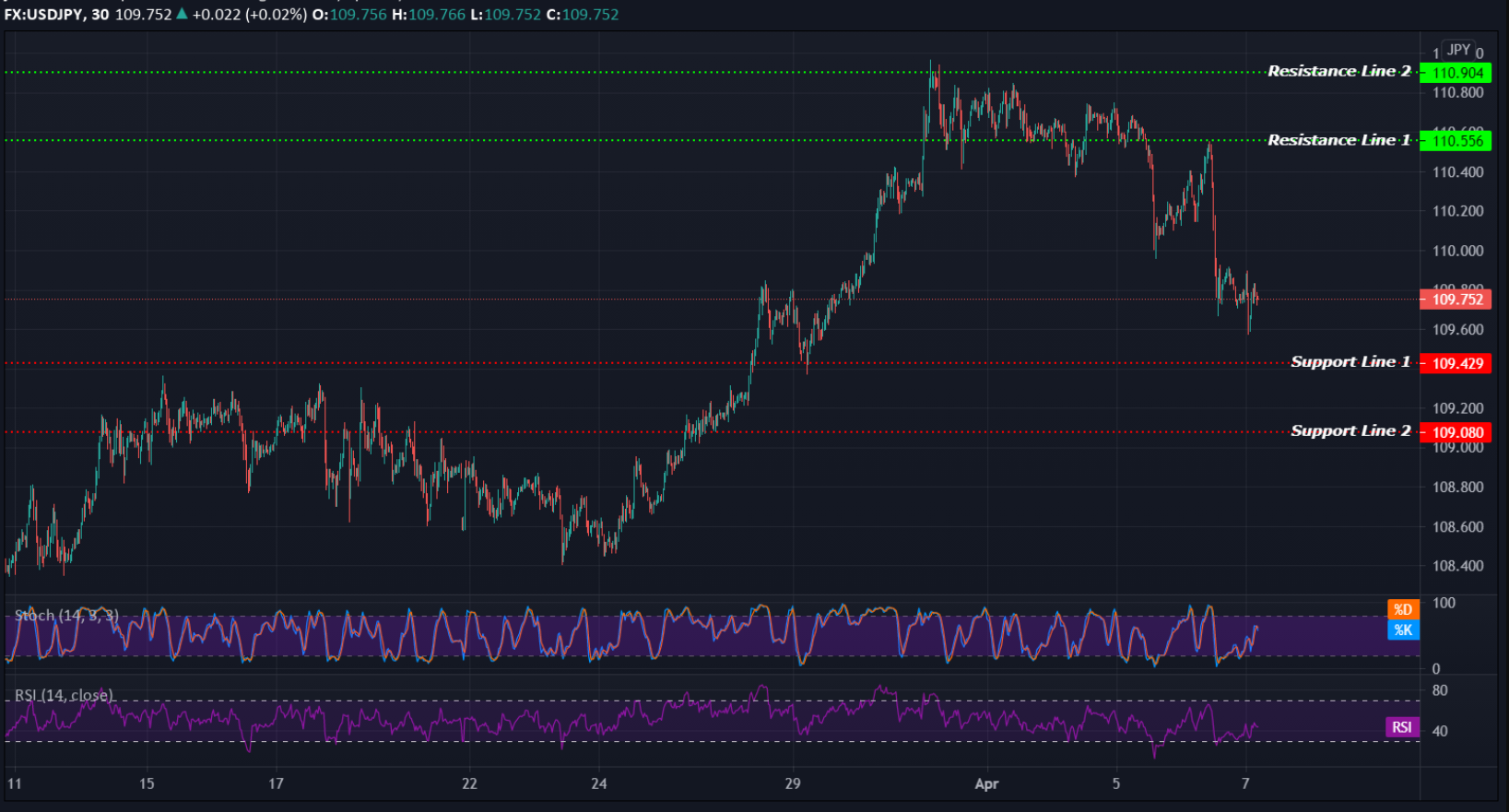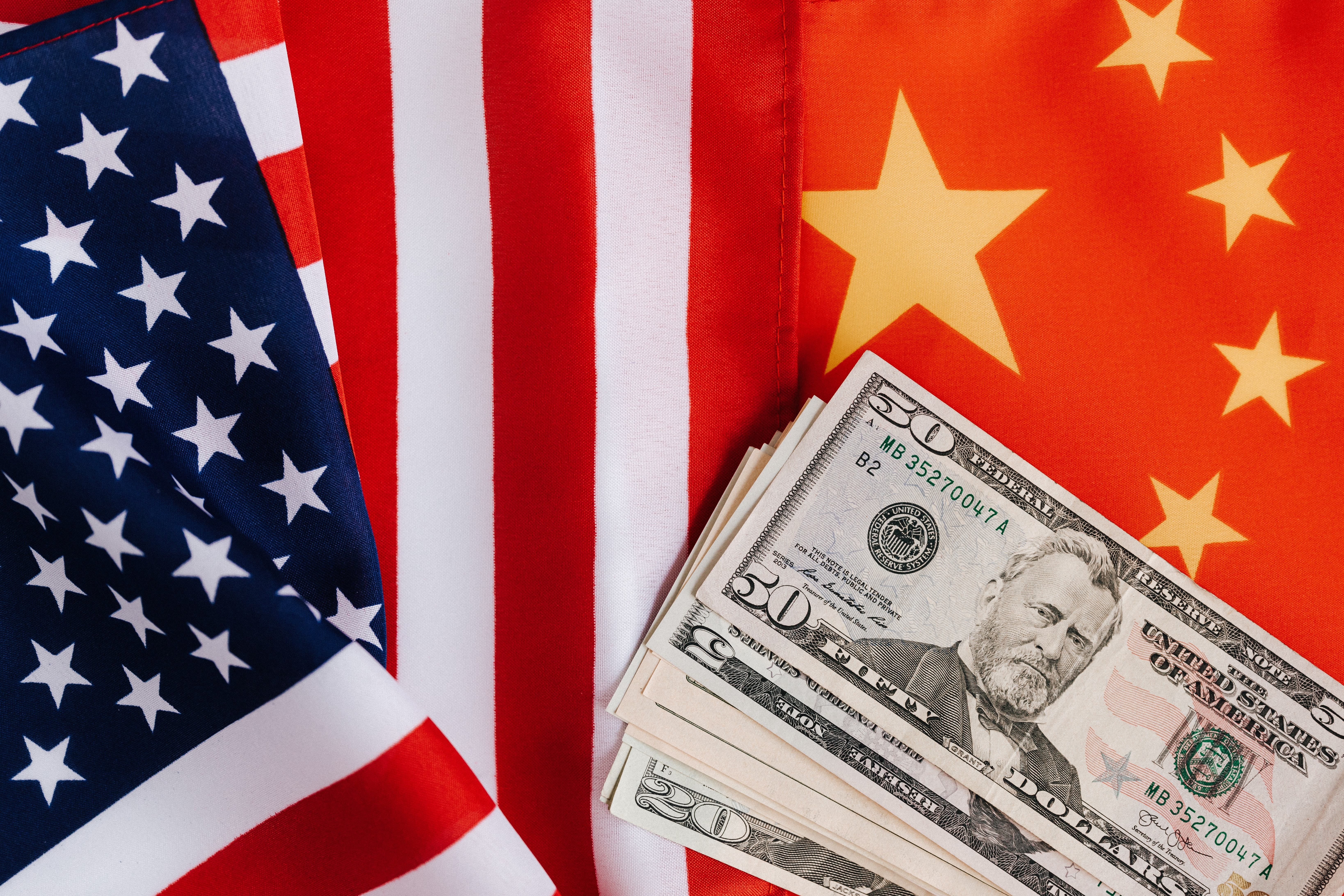EQUITIES
Asia-Pacific markets traded mixed on Wednesday as all markets back to business after the long Easter break.
In Australia, the S&P/ASX 200 traded higher to add 0.45%, and the South Korea’s KOSPI advanced 0.20%. In Japan, the Nikkei 225 rose 0.31% while the India’s S&P BSE Sensex index advanced 0.56% higher.
Mainland Chinese stocks slipped as the Shanghai composite retreated -0.53% while the Hong Kong’s Hang Seng index down -0.65% lower. Singapore’s Straits Times index also edged lower, down -0.06%.
Overnight on Wall Street, the Dow Jones Industrial Average fell 0.29% to 33,430.24, the S&P 500 lost 0.10% to 4,073.94 and the Nasdaq Composite dropped 0.05% to 13,698.38.
OIL
Crude oil prices edged higher, lifted by strong data from the U.S. and China. The Brent crude futures traded to $62.98 per barrel, and the U.S. crude futures at $59.54 per barrel.
Overnight, the oil prices partially rebounded, as the Brent closed at $62.74 while WTI futures ended at $59.33 per barrel.
CURRENCIES
The dollar softened to a 2-week low against a basket of currencies on Wednesday, as the index last stood at 92.33, slipping further from a 5-month high of 93.44 set on March 31.
U.S. Treasury yields dipped, with 5-year notes leading the decline, on investor views that market pricing based on an earlier-than-expected tightening by the Fed was too aggressive.
GOLD
The spot gold retreated to trade at $1,738.60 an ounce, while advanced to around $1,739.10 per ounce for gold futures. Previously closed at $1,743.60 and $1,743.00, respectively.
ECONOMIC OUTLOOK
Asian markets trended cautious on Wednesday, after Wall Street pulled back from record highs reached in previous sessions, while investors eyed for the upcoming earnings season for further signs of a global economic recovery following a series of strong U.S. economic data.
Some investors remained worried about the possibility of rising inflation and proposals for higher taxes, as progress in President Biden's new infrastructure proposal is underway.
Investors also weighed the latest U.S. job openings report, which showed that vacancies rose to a 2-year high in February while hiring had its biggest gain in 9 months amid increased COVID-19 vaccinations and additional government stimulus.
The IMF raised its global growth forecast to 6% this year from 5.5%, reflecting a rapidly brightening outlook for the U.S. economy.
American Petroleum Institute figures reported U.S. crude stockpiles were down by 2.6 million barrels in the week ended April 2.
To date, number of confirmed worldwide cases for COVID-19 pandemic has surpassed 132.3 million, recording more than 2.87 million fatality globally.
TECHNICAL OUTLOOK
[USDJPY]
Important Levels to Watch for Today:
- Resistance line of 110.556 and 110.904.
- Support line of 109.429 and 109.080.
Commentary/ Reason:
The dollar slipped to a 1-week low against the Japanese yen, extending its retreat from a 1-year high with traders taking advantage of its strong March performance as dropping Treasury yields pressured the greenback.
The dollar traded at 109.752 on the yen on Wednesday.
The dollar’s decline also came as investors recalibrated their expectations that the Fed will tighten its policy earlier than it has suggested. Financial markets have expected accelerating U.S. economic growth and inflation could force the Fed to abandon its pledge earlier, with interest rate futures pricing in a rate hike as early as late 2022 earlier this week.
The yen advance however was offset as Japanese Prime Minister Yoshihide Suga gave a signal that there is a chance he could call a snap general election before his current term as head of the ruling Liberal Democratic Party (LDP) ends in September, according to the Asahi newspaper.















